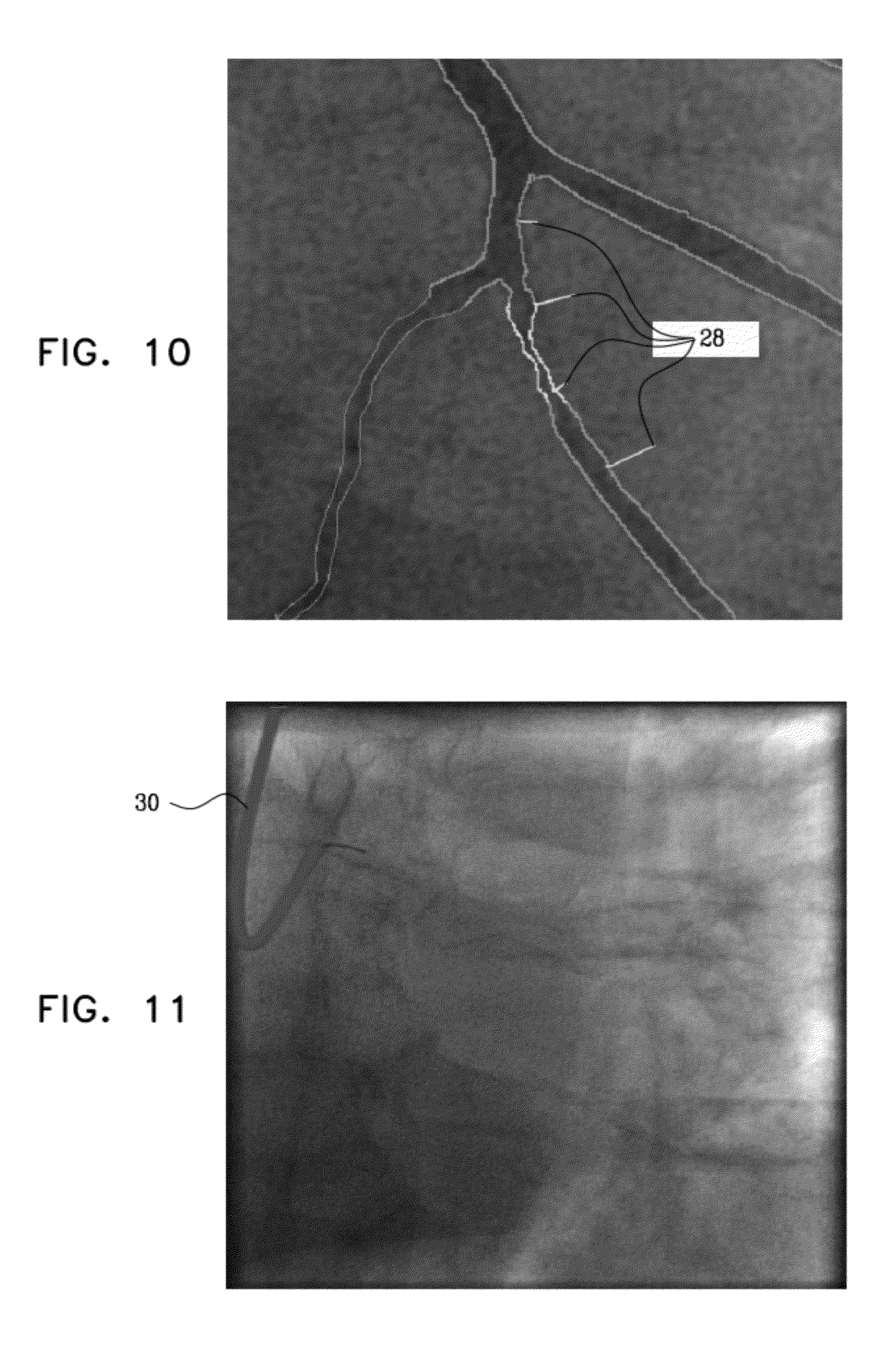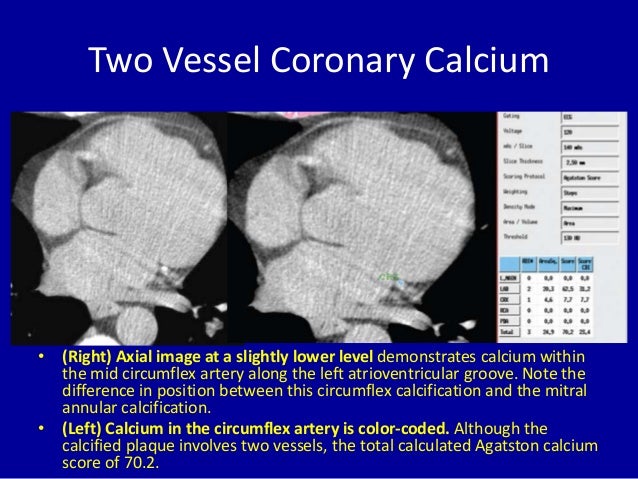


Persistent depressive symptoms and functional decline among patients with peripheral arterial disease. Peripheral arterial disease detection, awareness, and treatment in primary care. A classification of 1000 coronary angiograms and results of surgical management. Coronary artery disease in peripheral vascular patients. Ankle-arm index as a predictor of cardiovascular disease and mortality in the Cardiovascular Health Study. ACC/AHA 2005 Practice guidelines for the management of patients with peripheral arterial disease (lower extremity, renal, mesenteric, and abdominal aortic): a collaborative report from the American Association for Vascular Surgery/Society for Vascular Surgery, Society for Cardiovascular Angiography and Interventions, Society for Vascular Medicine and Biology, Society of Interventional Radiology, and the ACC/AHA task force on practice guidelines (writing committee to develop guidelines for the management of patients with peripheral arterial disease): endorsed by the American Association of Cardiovascular and Pulmonary Rehabilitation National Heart, Lung, and Blood Institute Society for Vascular Nursing Transatlantic Inter-Society Consensus and Vascular Disease Foundation. Segmental limb pressures, pulse–volume recordings, and exercise treadmill testing can help localize the diseased arterial segment(s), and provide information about the functional limitations of the patientĭuplex ultrasound can identify the site, extent, and severity of PAD from the aorta to the feet The ankle–brachial index remains the initial noninvasive diagnostic tool of choice for PAD screening, with 95% sensitivity and 99% specificity Only a small percentage of patients with PAD present with classic Rose claudication, as approximately 70–90% have atypical leg symptoms or are asymptomatic

Risk factors for coronary artery and extracranial cerebrovascular disease also promote the development of PAD smoking and diabetes mellitus are particularly prevalent among patients with PAD Most patients with peripheral artery disease (PAD) also have concomitant coronary artery disease morbidity and mortality in patients with PAD are often related to myocardial infarction and ischemic stroke In Part 1 of this Review, we explain the epidemiology of and risk factors for PAD, and discuss the clinical presentation and diagnostic evaluation of patients with this condition. Health care providers may have difficulty differentiating PAD from other diseases affecting the limb, such as arthritis, spinal stenosis or venous disease. Because of the high prevalence of asymptomatic disease and because only a small percentage of PAD patients present with classic claudication, PAD is frequently underdiagnosed and thus undertreated. The same risk factors that contribute to CAD and cerebrovascular disease also lead to the development of PAD. PAD patients without clinical evidence of CAD have the same relative risk of death from cardiac or cerebrovascular causes as those diagnosed with prior CAD, consistent with the systemic nature of the disease. Most patients with PAD also have concomitant coronary artery disease (CAD), and a large burden of morbidity and mortality in patients with PAD is related to myocardial infarction, ischemic stroke, and cardiovascular death. Peripheral artery disease (PAD) is a marker of systemic atherosclerosis.


 0 kommentar(er)
0 kommentar(er)
